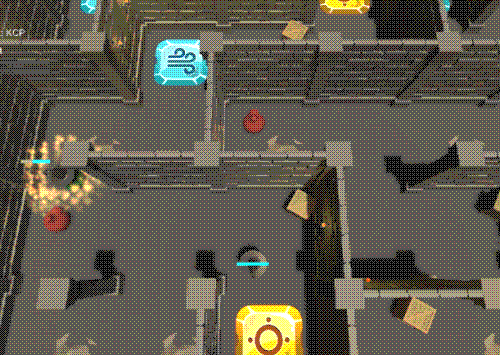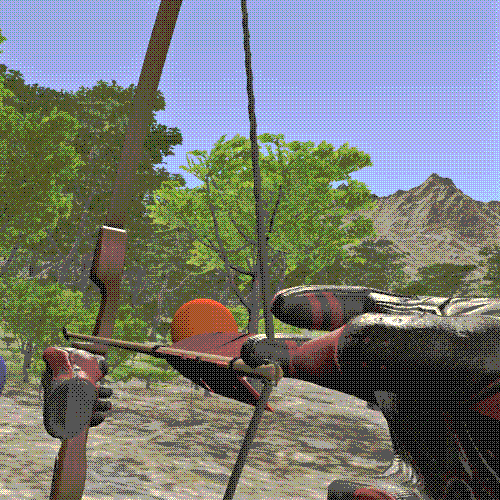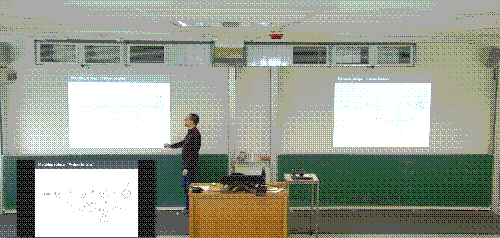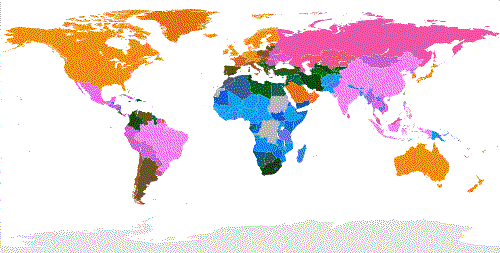After two days: Four witches and wizards members of inner circle

At the Global Game Jam in January 2021, Dmitry Alexandrovsky and Sebastian Höffner submitted the magic game “Initiation”.
In the high-paced multiplayer action game, up to four magicians have to cooperate to solve all tasks required to become a member of the inner circle. After each solved task, the magicians each lose one ability. Thus, the magicians have to cooperate more closely and use their powers together as the game progresses. Possible tasks include puzzle solving and epic fights. The game is developed in Unity and the multiplayer functionality is built using Mirror.


